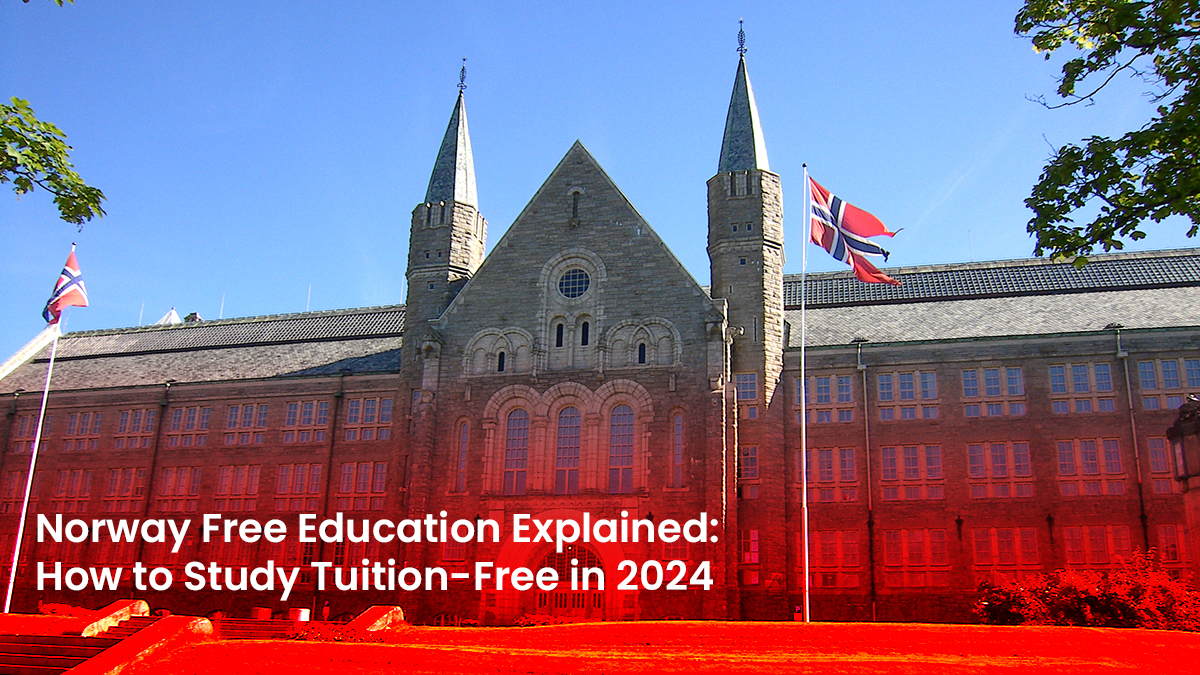The international education sector contributed about $40 billion to the Australian economy in 2019, revealed Australia’s former Federal Education Minister Christopher Pyne, among other things, in an education summit in April.
“Post-COVID, there’s going to be a great deal of challenges for universities and financial challenges in particular. There’ll be a shakeup, I think, at a university level,” said Pyne in a seminar hosted by the Australian Technology Network of Universities.
Key Points at a Glance
- International education contributed about $40 billion to Australia’s economy in 2019 (Pre-COVID).
- Australia accepted only 260 international students in April 2021, a drop of 99.4 percent compared to April 2019 numbers.
- Australia is the second-leading study destination in the world, only after the United States.
- Some Australian educational institutions are offering discounts of up to 20 percent for students who pursue offshore learning.
- Federal Education Minister Alan Tudge believes diversification of international students is the solution to resume the uptrend.
It has already been more than a year since COVID-19. As observed, Australia cannot wait for a post-COVID environment before plotting and executing strategies that would help revive its international education sector.
According to data from the Australia Bureau of Statistics, there were only 260 international student arrivals in April 2021. In April 2020, there were only 30 international students. The significant drop is the result of the strict travel restrictions enforced at the start of the pandemic.
The April 2021 number is far from indicating an uptrend, as it actually shows a 99.4 percent decrease compared to the April 2019 number of international students in Australia, pre-COVID.
Ed Tech, Diversity to Drive Uptrend
Pre-COVID, Australia was shaping up to be a serious player in the international education market. It had recorded 758,154 international students in 2019, making the country the second-preferred study destination globally that year, only following the United States.
Australia’s top sending markets for 2019—according to Australia’s Department of Education and Training—are China, India, Nepal, Brazil, and Vietnam.
However, China and India alone are responsible for about 55 percent of international students in Australia.
As seen by the effects of the pandemic, Pyne shared that this dependence on China had “proven to be unwise.” Some industry leaders are rather proactive, choosing to address the concern holistically.
In an interview with USAsia Centre, Group of Eight (Go8) chief executive Vicki Thomson shared that “COVID is not a barrier to entry for international students.”
The Go8 comprises Australia’s top universities: The University of Adelaide, the Australian National University, the University of Melbourne, Monash University, UNSW Sydney, the University of Queensland, the University of Sydney, and the University of Western Australia.
As education technology became even more prominent with the health and travel restrictions set, Thomson revealed that around 35,000 Chinese students enrolled across all eight universities had continued with their studies in China via online learning.
However, Thomson anticipates the greater challenge that lies ahead: Australia’s capacity to attract new students while other competing countries are “aggressively marketing” their open-border policies.
In response to battling the coronavirus spread, Australia closed its borders to international students for more than a year. Some Australian institutions are battling this by offering discounts of up to 20 percent for offshore students. As of June, Australia Trade Minister Dan Tehan said the country was in “no rush to open the borders.”
Post-COVID Pathway Solutions
Australia Federal Education Minister Alan Tudge shared his thoughts on the matter in a speech prepared in March, calling for a revamp of its nation’s international education strategy. Tudge sees institutions getting more creative with learning pathways, among other strategies, in an effort to attract new international students.
Tudge believes in the education model of combining online and on-campus study. But beyond strengthening an institution’s education technology, he felt that Australian universities need to expand their course offerings and be more creative in attracting students from other source countries outside of China and India.
“The global online e-learning market is forecast to grow from $130 billion to more than $470 billion by 2026. This growth is driven by students around the world seeking lower-cost education, as well as greater flexibility in how and where they learn.”
= = =
Data Sources:
Visentin, L. (2021, April 21) ‘There’ll be a shakeup’: International student intakes plunge compared to pre-pandemic levels. The Sydney Morning Herald. Retrieved from https://www.smh.com.au/politics/federal/there-ll-be-a-shakeup-international-student-intakes-plunge-compared-to-pre-pandemic-levels-20210421-p57l0f.html
Overseas Arrivals and Departures, Australia (2021, June 15) Australian Bureau of Statistics. Retrieved from https://www.abs.gov.au/statistics/industry/tourism-and-transport/overseas-arrivals-and-departures-australia/latest-release#arrivals-international-students
Australia’s foreign enrolment up 10% in 2019 (2020, February 26) ICEF Monitor. Retrieved from https://monitor.icef.com/2020/02/australias-foreign-enrolment-up-10-in-2019/
Some Australian universities offer international students up to 20% tuition discounts (2020, October 29) Study International. Retrieved from https://www.studyinternational.com/news/australian-universities-tuition-rebates/
Smethurst, A. (2021, June 19) ‘No rush’ to reopen international borders: Trade Minister. The Sydney Morning Herald. Retrieved from https://www.smh.com.au/politics/federal/no-rush-to-reopen-international-borders-trade-minister-20210619-p582f3.html











